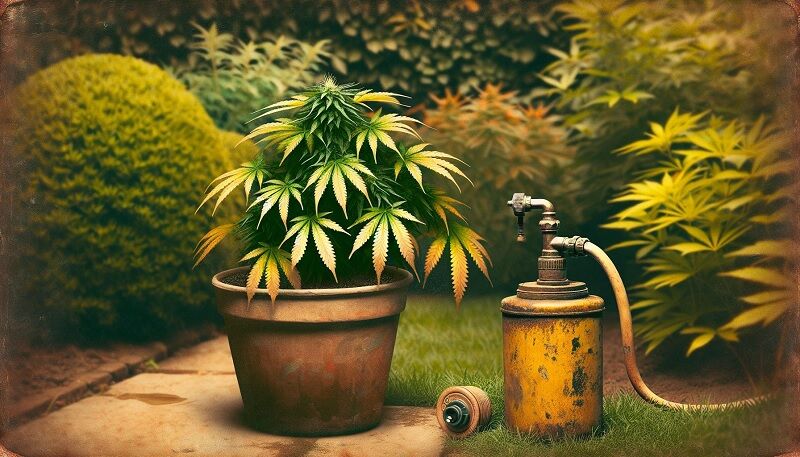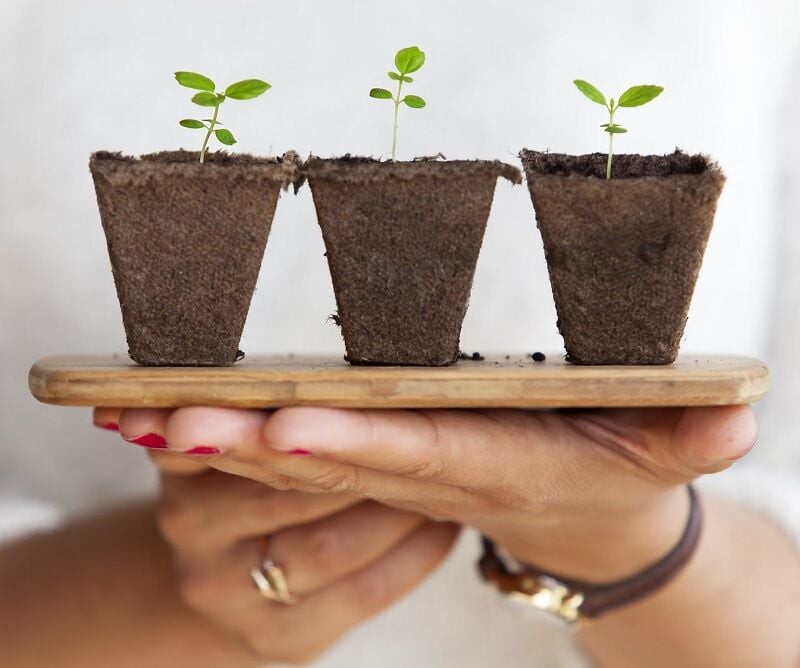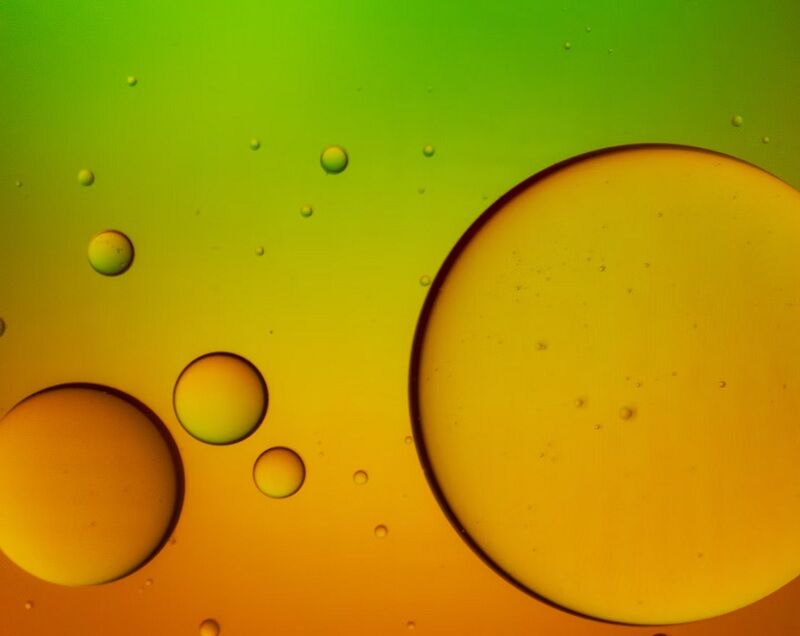Some awesome watering techniques for your cannabis

Growing cannabis in Thailand’s tropical climate presents unique challenges, especially when it comes to watering your plants. The temptation to overwater is real, given the country’s intense humidity and rainfall. However, mastering the art of watering is crucial for your cannabis plants to thrive.
Understanding the seasonal changes and their impact on your cannabis is key. From the cooler winter months to the scorching summer heat, and not forgetting the monsoon rains, each season demands a different approach to watering. Let’s dive into how you can ensure your plants get just the right amount of hydration without falling victim to common issues like bud rot.
How much water does a cannabis plant need?
Determining the exact amount of water your cannabis plants need might seem complex. Cannabis, much like any other plant, thrives on water for nutrient absorption and vital biological activities. But when it comes to watering cannabis in Thailand, the tropical climate adds another layer to this task. It’s crucial to strike the perfect balance, as both underwatering and overwatering can lead to adverse effects on your plants.
Cannabis plants are mostly water, with a composition of 80-95% H₂O. This high water content is essential for processes such as photosynthesis and maintaining cell structure. Yet, the question remains: how much water does each plant actually need? Unfortunately, there isn’t a one-size-fits-all answer due to various factors such as soil composition, climate, and the specific strain of cannabis you’re growing.
Research by the Emerald Growers Association and the Mendocino Cannabis Policy Council offers some guidance. They found that cannabis farmers on average apply 45l of water per day for every 500g of expected processed flower. This statistic can help you calculate a rough watering schedule based on the anticipated yield of your plants.
When considering Cannabis Watering Techniques in Thailand, it’s important to account for the local climate. The country’s distinct seasons – ranging from wet monsoons to dry, hot summers – heavily influence your watering strategy. During the hotter months, your cannabis might require more frequent watering sessions to combat the intense heat. Conversely, during the rainy season, you might need to scale back to prevent root rot caused by excessive moisture.
Understanding the watering needs of your cannabis plants is more an art than a science. Events such as Cannabis Irrigation Tips Thailand workshops can provide valuable insights tailored to local conditions. Remember, observing your plants and adapting your watering strategy to their needs is key.
Cannabis watering needs at different stages

When you’re nurturing cannabis in Thailand’s lush, tropical climate, mastering the art of irrigation can significantly impact your plants’ health and yield. The precise amount of water your cannabis needs hinges on various factors, making it crucial to fine-tune your approach based on the specific conditions your plants are growing in. Here’s what you need to consider to get it right.
1. Stage of growth
Each phase of your cannabis plant’s lifecycle commands a different watering strategy. During the vegetative stage, your cannabis craves more water to support its rapid growth and expansive leaf development. Then, as it transitions into the flowering stage, its water requirements slightly decrease. Adjust your watering schedule to accommodate these changes, ensuring your plant stays hydrated without becoming waterlogged.
2. Growing medium
The type of medium you’re growing your cannabis in plays a pivotal role in how water behaves. Soil, for instance, retains moisture longer than perlite or clay pebbles, which means less frequent watering. In contrast, hydroponic systems in Thailand demand attention to water-nutrient solutions, ensuring your plants always have access to the moisture and food they need.
3. Size of container
The container’s size directly influences your watering frequency. Small pots dry out faster, necessitating a more vigilant watering schedule compared to larger containers that hold moisture longer. As your plant grows, consider upsizing the container to prevent root constriction and to maintain an adequate moisture balance.
4. Outside temps and light intensity
Thailand’s tropical climate, with its high temperatures and intense sunlight, accelerates evaporation, increasing your plants’ thirst. During peak summer months, your cannabis may require more frequent watering to compensate for the additional water loss. Contrarily, in cooler periods or when indoor grow lights emit lower heat, reduce your watering frequency to match your plants’ reduced evaporation rates.
Ensuring the right water quality for cannabis

When it comes to watering your cannabis plants in Thailand getting the water quality spot on is absolutely key. You’re aiming to hit that sweet spot where your plants aren’t just surviving; they’re thriving. Getting to grips with the pH and PPM values can feel like a bit of a science lesson, but it’s crucial for your cannabis’s health and yield.
pH Levels: Your first step is to check the pH of your water. Cannabis plants fare best in a slightly acidic environment, with ideal pH levels hovering between 6.0 and 7.0. This range allows your plants to absorb nutrients efficiently. Investing in a reliable pH meter will save you a heap of trouble down the line.
Parts Per Million (PPM): Next, get familiar with PPM – it measures the mineral content of your water. As your cannabis plants grow, their nutritional needs change, and so should the PPM of your water. Here’s a basic guide:
| Growth Stage | PPM |
|---|---|
| Seedlings | 100-250 |
| Vegetative | 300-400 |
| Flowering | 400-700 |
Adjusting your water’s PPM ensures your plants get the right amount of nutrients at each stage of their growth.
Consider using Reverse Osmosis (RO) water for the most control over your water’s purity. Although it might seem like a big initial outlay, RO systems strip out unwanted minerals, giving you a blank slate to customize your water’s mineral content. This can lead to healthier plants and potentially larger yields.
Cannabis watering techniques in Thailand also involve mastering when and how much to water. Overwatering is just as harmful as underwatering. A good rule of thumb is to water when the top inch of soil is dry to the touch.
As you get these fundamentals down, you’ll find that cannabis irrigation tips for Thailand often emphasize consistency and observation. Your plants will tell you what they need, as long as you’re paying attention. Adjusting your watering practices according to the environment and the plant’s growth stages can make all the difference in your cannabis cultivation journey.
Now, it’s about putting that knowledge into practice. Adjust your watering frequency, improve soil drainage, and consider advanced watering systems to meet your plants’ needs without going overboard. Remember, every plant is different, and what works for one might not work for another. Pay attention to your cannabis plants’ responses and adjust your watering practices accordingly. With the right care and attention, you’ll ensure that your cannabis thrives, providing you with the best possible yield. Happy growing!
Considering the above-shared data, You might want to check out if it is eco-friendly or not to grow cannabis in Thailand, Exploring the environmental footprint of Cannabis cultivation, especially in Thailand, reveals a complex picture. As the global perspective on cannabis shifts towards more liberal policies, understanding its ecological implications becomes crucial.
Latest Thailand News
Follow The Thaiger on Google News:


























